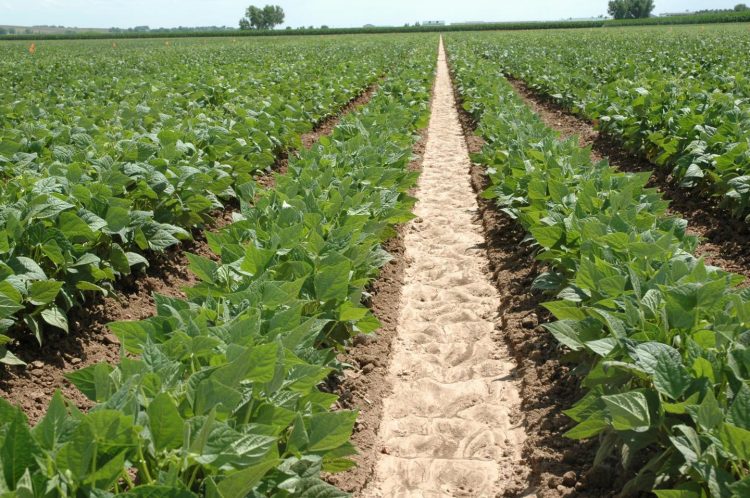Crop advances grow with protection

Crop scientists breed different varieties to enhance crop diversity and qualities. Photo credit 2015 CSSA photo contest submission
Most people are aware of open-source computer programs. These free programs, accessible by anyone, spread technology to distant corners of the world. Cutting-edge innovations, however, come at a price. As a result, many software companies license their work.
These same concerns exist within the seed-development arena. Some plant researchers support the free exchange of new varieties of seeds and plants. Doing so, they argue, benefits both plant breeders and farmers. Considering seeds “intellectual property” may seem harmful to this free exchange of information.
But all coins have two sides. Stephen Smith and a team at Iowa State University examined the impact of intellectual property protection in a new study. Smith is a professor of agronomy and visiting scientist in seed science. The researchers found intellectual property protection benefits both plant breeders and society.
Smith's study linked crop improvements to the improved economic welfare, health, and nutrition of consumers. The study showed that, in general, intellectual property protection benefits both plant breeders and society. “The metric used for measuring success as a result of plant breeding was optimal genetic innovation,” Smith says, “which we equated with optimal social welfare.”
“Future generations will rely upon an adaptive, productive, and sustainable agriculture,” he says, “conducted in a healthy and diverse biological environment.” That diversity demands the development of more crops with improved qualities.
According to Smith, intellectual property protection is necessary for several reasons. First, it helps researchers attract funding. This funding supports risky research that would not be possible otherwise. This research can lead to better products for farmers.
Second, intellectual property protection pushes crop research and development. This innovation is vital to meet increasing global challenges. Increased demand for crops, climate change, and attacks from diseases and pests are stark realities.
Finally, Smith says, “Protection is essential to help prevent misappropriation of varieties and counterfeiting of products.” Such practices hurt the abilities of farmers to run their business. They can also lead to crop failure if seeds or crop varieties are mislabeled.
The study considered several factors. It found the “strength and length” of protection is key for agricultural companies when fine-tuning their research program. The costs of purchasing or developing genetic stocks and new technologies were also considered.
Without protection, Smith says, companies would have no incentive to produce new and innovative plant varieties. “Private sector funding would not occur sustainably without the opportunity to obtain some degree of exclusivity on sale and commercial returns,” Smith explains.
Read more about Smith's work in Crop Science.
Media Contact
All latest news from the category: Agricultural and Forestry Science
Newest articles

NASA: Mystery of life’s handedness deepens
The mystery of why life uses molecules with specific orientations has deepened with a NASA-funded discovery that RNA — a key molecule thought to have potentially held the instructions for…

What are the effects of historic lithium mining on water quality?
Study reveals low levels of common contaminants but high levels of other elements in waters associated with an abandoned lithium mine. Lithium ore and mining waste from a historic lithium…

Quantum-inspired design boosts efficiency of heat-to-electricity conversion
Rice engineers take unconventional route to improving thermophotovoltaic systems. Researchers at Rice University have found a new way to improve a key element of thermophotovoltaic (TPV) systems, which convert heat…



